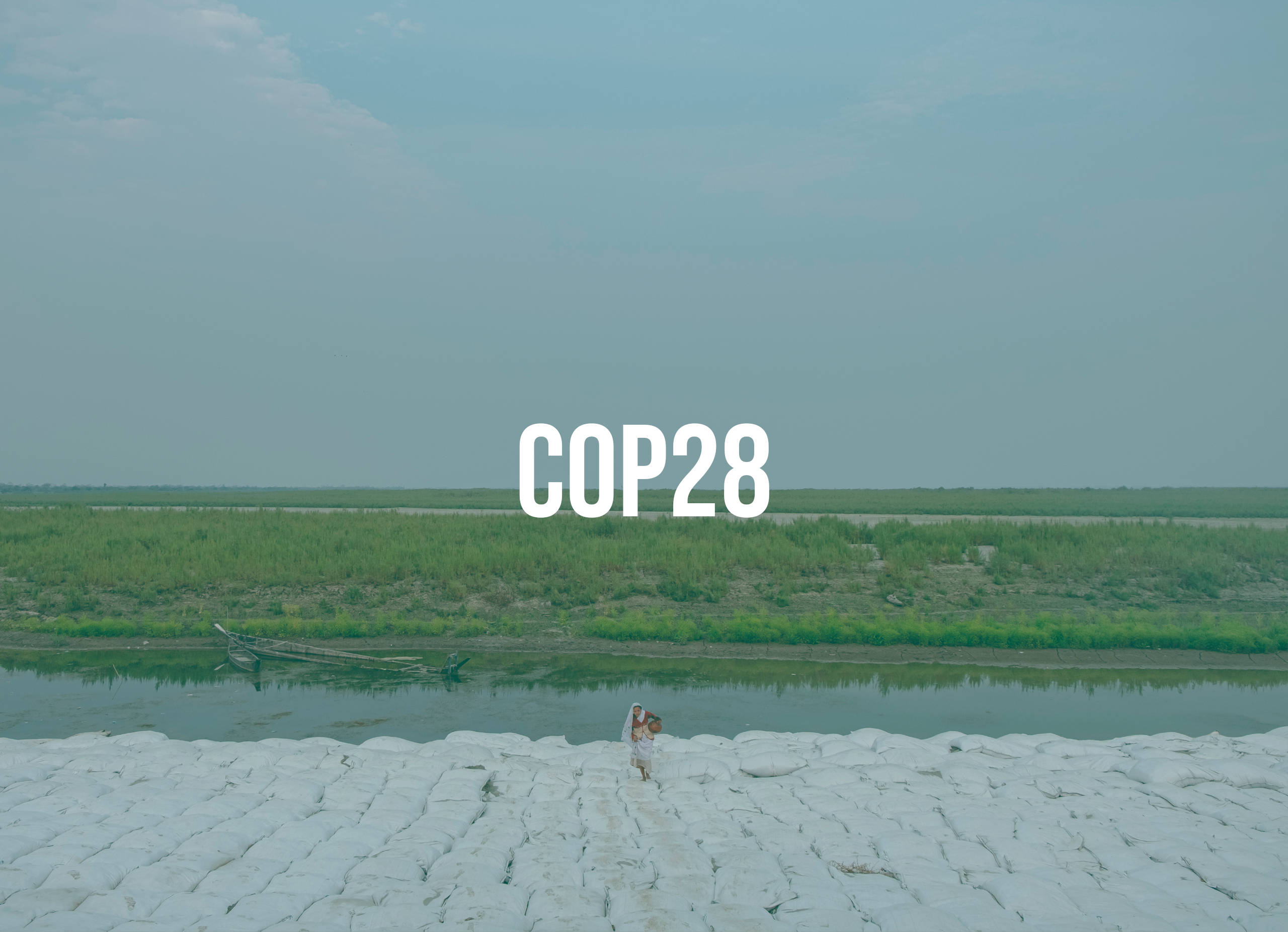After a failed attempt by the Commission to introduce soil health legislation in 2006, which a minority of countries including Germany and France blocked, a new set of laws are in the making so that soil health is on a par with the health of air and water, which are already regulated with extensive legislative frameworks.
“We are filling a major legal gap to bring soil – together with air, water, and the marine environment – under an EU legal act,” announced EU environment Commissioner Virginijus Sinkevičius during the presentation of the new soil health law proposal.
According to Sinkevičius the new legislation focuses on setting out a “definition of soil health” and a “framework for soil health monitoring”, bringing together data from national agencies as well as the EU’s Copernicus space monitoring programme.
The package is introduced by a Communication on the Sustainable Use of Natural Resources and established a link between the proposed Soil Law and earlier proposals on the Nature Restoration Regulation, both of which under the umbrella of the European Green Deal. With their intertwined nature the proposals also look to contribute towards climate action, as healthy soils have been shown to absorb more carbon, retain more water and offer protection from droughts.
What is the current state of European soils?
Speaking to the Guardian, Sinkevičius also outlined how the ultimate aim was for the continent to have healthy soils by 2050. “If our soils continue to degrade, the biggest risk is to our food security and farmers. Basically, their business model is wiped out […] I can hardly imagine how we could do agriculture without fertile soils. The worst effects of droughts and floods can be avoided with healthier soils.”
Currently, more than 60% of the EU’s soils are considered to be in an unhealthy state. A newly developed soil health dashboard within the EU Soil Observatory shows the location and estimates the extent of unhealthy soils in the EU, as well as the degradation processes behind them.

The soil health dashboard supports the Commission proposal for a soil health law and indicators proposed by the Soil Mission of the EU’s research and innovation programme Horizon Europe, revealing that the most common types of soil degradation appear to be loss of soil organic carbon (53%), the loss of soil biodiversity (37%), and the risk of peatland degradation (30%).
The Commission has therefore taken a first step towards developing a system of monitoring soil and measuring its health against a set of parameters. The hope is that this will then be followed up with new rules that regulate soil management and are conducive to sustainable soil use and restoration.
For example, one future proposal is to provide farmers with a voluntary certification system for soil health, which ties into the Commission’s recently proposed carbon farming certification, which if opted into should allow farmers to boost income.
Demanding more than just monitoring
Yet, green lawmakers and environmentalists such as Green MEP Martin Häusling have been quick to point out how the new proposal is a far cry from what was initially promised. This is particularly apparent in the very name of the proposal which went from “Soil Protection Law” to “Soil Monitoring Directive”.
“The proposal that the Commission has presented today for a ‘Soil Monitoring Directive’ has nothing to do with a ‘Soil Protection Law’, as was still announced by the Commission in its Soil Strategy,” said Häusling.
Caroline Heinzel, Associate Policy Officer for Soil at the European Environmental Bureau, also echoed this point in her statement: “While we welcome the publication of this crucial piece of legislation, we are disappointed with the lack of ambition […] Renaming the ‘Soil Law’ suggests the focus has switched to simply observing soil health rather than ensuring its improvement.”
Great that @EU_ENV has published a new Soil Law today👏
However, the proposal falls far short of expectations👎
Soil ecosystems are essential to our lives and the law should reflect this👇🧵https://t.co/C2osTsli5p pic.twitter.com/IAIiQogybv
— EEB (@Green_Europe) July 5, 2023
First and foremost the text “proposes sustainable management systems and regenerative practices” through which farmers can boost soil health, yet it includes no obligations for farmers or member states to take action beyond monitoring.
Paul Polman, former chief executive of Unilever and now an environmental campaigner, also told the Financial Times that although this represents “a key piece of legislation” healthy soils “were not well defined” and that “sharper targets” need to be developed.
One Planet Business for Biodiversity (OP2B), the main representative of the European agri-food industry in Brussels, also criticized the proposals scope and ambition. “The EU needs to go further to tackle the trend of deteriorating soil health in Europe,” said OP2B’s director Stefania Avanzini in a statement.
According to another statement by food industry association FoodDrink Europe, “There is currently a significant financing gap to meet the EU’s ambitions for better soil health,” and although the law “provides a good basis for soil descriptors, indicators and sustainable soil management practices, it falls short on clear guidelines and innovative tools for soil use and restoration by actors of the agri-food chain.”
“Still, we would have appreciated the commission grasping the magnitude of the efforts needed to move to sustainable management practices and mobilising the necessary funds to support the transition to regenerative agriculture at scale,” continues the statement.
The issue of funds is also addressed by the proposal itself which indicates that the cost of tackling contaminated soils is “highly uncertain” and may reach €2bn just for the process of investigating polluted sites, leaving the overall cost of implementing soil restoration policies anywhere between €28bn to €38bn per year.
The Commission’s package is now set to be discussed by the European Parliament as well as the member states, where changes can be suggested before a final version is agreed upon together, leaving a further window of opportunity for increased ambition.






